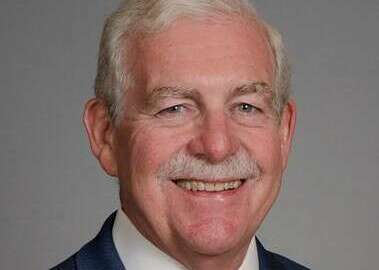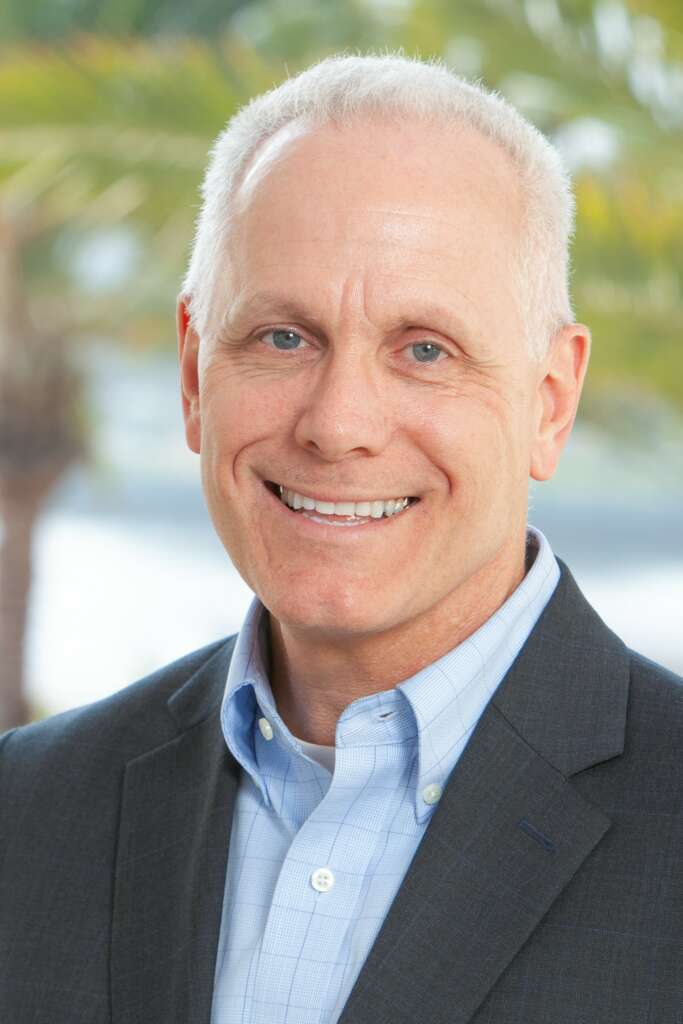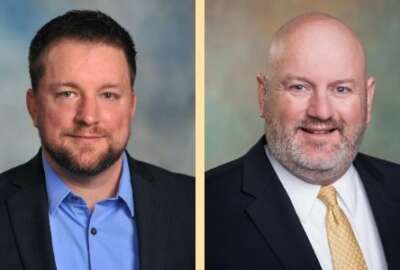
CIO journey from the ivory halls of academia to Montana CIO
Thanks to technology preparedness and staffing, Montana's CIO has been overseeing the state's COVID-19 response from a cabin just outside Glacier National Park.
Listen to part 2 of this interview here.
While state CIOs come in all shapes and sizes, it was interesting that the last two CIOs we interviewed on Federal News Network have both been IT leaders at universities prior to their state appointment.
Tim Bottenfield made the longest journey, traveling over 2,000 miles from Auburn University in Alabama to his post as Montana CIO in Helena, appointed by Gov. Steve Bullock in 2018. However, what really caught my eye was the fact that Bottenfield’s primary background prior to his IT career involved a far different field, or so I thought.

Early career in forestry at Auburn
“Indeed, I started out in forestry and I went to a great institution in Michigan, the Michigan Tech University and was able to get two degrees there, a Bachelor of Science degree in forest management, and a Master of Science in forest bio-metrics,” he said. He explained that often when he mentions his background in forestry to his CIO colleagues, he gets a raised eyebrow look from many people. “And I remind them that forestry is a science and very data driven. And I think that’s really how I got connected to it, just kind of morphing into more of an IT role supporting my education.”
After college Bottenfield went to work for Auburn University as a research associate performing forest research, and ultimately ended up as an IT manager. He left the university in 2011 venturing to far off Montana and began what he calls his second career with the Montana Department of Revenue (DOR). After seven years at the DOR, Bullock asked Bottenfield to serve as the state CIO in 2018.
He attributes his appointment and his continued success to his experience at DOR and his emphasis on relationship management, no mean feat in a CIO’s role.
“The seven years at DOR was great training ground, and I was able to build a lot of relationships, and gain a real good understanding of state government and how it worked,” he said. “But I think the thing that probably prepared me the most was something that I’m very passionate about. That’s business relationship management.”
At the DOR, Bottenfield was able to hone his skills, internally working with the various divisions in the department.
“I really felt like that’s the best way that I could be successful in the job that I’m in, was in providing IT services to a department,” he said. That worked out very well and he was able to solidify good partnerships there while providing leadership within that department.
He was also well connected to the broader picture of the enterprise, the Montana state government, through various other means. The state had an information technology board as well as an information technology managers’ council.
“Those were areas that I could participate in, and develop partnerships and an appreciation for what was going on across the landscape in Montana when it came to IT supporting the business,” he said. That was how he was poised to move into the state CIO role, working through business relationship skills. “And that, I think, is the most important thing that I brought to the job.”
COVID-19 response in Montana
As with all state CIOs, Bottenfield has been at the epicenter of the state’s efforts to continue operations during the coronavirus, teleworking for the most part from his beloved cabin just outside Glacier National Park, about 200 miles north of Helena.
“I’m really proud of the fact that Montana was really ready for this. After about the first week, we were able to have everybody that needed to be working remotely connected and working appropriately,” he said.
He believes this was due to the fact that the state had multiple solutions available, whether that was via VPN or VDI, plus utilizing 365 and the cloud. Bottenfield stated that Montana was fully suited for licensing and related issues.
“There were a few things that we had to shore up on. But we were able to do that in pretty short order,” he said. Their networking infrastructure was sound and capable of handling the numbers of employees that went remote. “And let’s remember, we have a very small workforce compared to some of the other states. So we had that as a huge advantage.”
What Montana lacks in sheer workforce numbers at only about 16,000 state employees, it makes up for in terms of size.
“Our challenge at times is the breadth and scope and the size of our state. We’re the fourth largest in the nation. So that’s where we have some logistical challenges,” Bottenfield said, giving past state CIOs and his current staff credit. “I take my hat off to my predecessors. Some of the folks that are currently on my staff — Chief Technology Officer Matt Van Syckle, and Chief Information Security Officer Andy Hanks, and many of the leadership folks that we have — because they really were able to create an environment over the years to where we were able to do this.”
He also credits the legislature for the modernization of the state data centers.
“I’m appreciative of the fact that the legislature 10 plus years ago not only appropriated funds for us to build those, but they’ve enabled us to keep them state of the art,” he said, boasting that Montana’s current private cloud environment rivals any other state in the nation.
Copyright © 2025 Federal News Network. All rights reserved. This website is not intended for users located within the European Economic Area.
Related Stories






